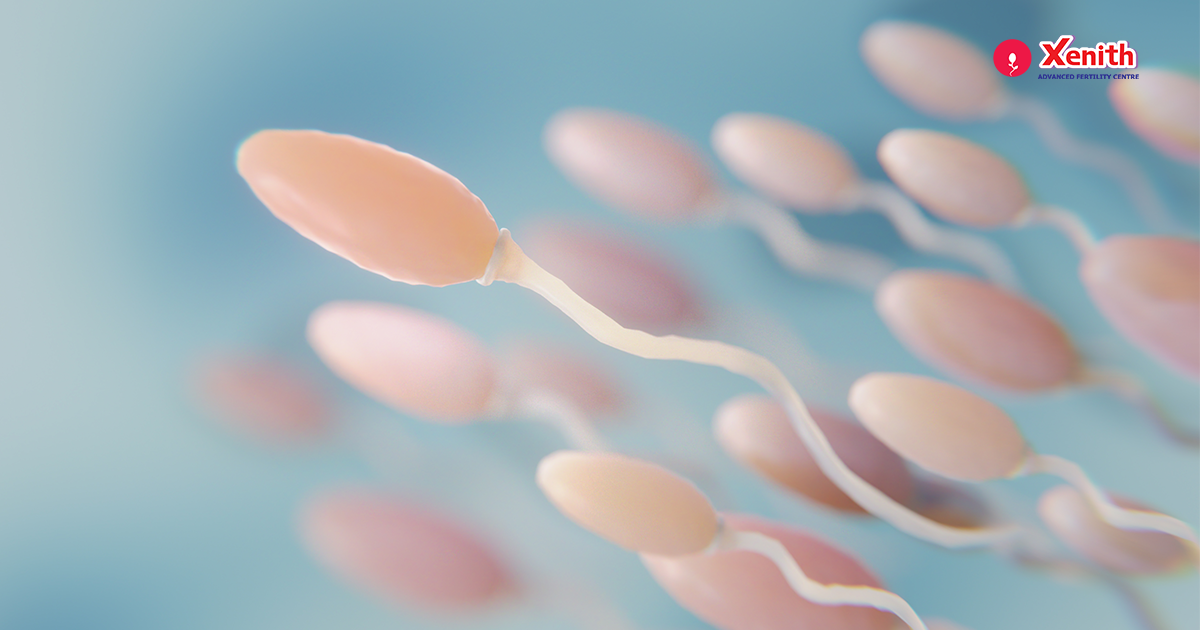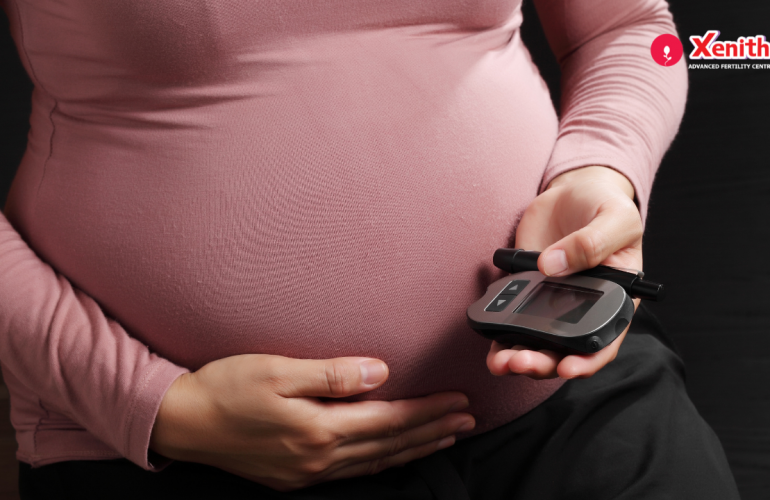Fallopian tubes are a pair of tubes that act as a conduit between the ovaries to the uterus and are part of the female reproductive system. During ovulation, which happens around day 14 of the menstrual cycle, the ovaries release a mature egg which travels through the fallopian tubes. The sperm enter the uterus through the cervix and go through the fallopian tube to fertilize the egg. Then the fertilized egg travels back to the uterus for implantation, leading to pregnancy. The fallopian tubes are lined with delicate hair-like structures which move in both directions to help the sperm reach the egg and for the fertilized egg to enter the uterus. Because these tubes are small and delicate, they can be easily damaged and get blocked.
If a fallopian tube is blocked, the sperm cannot reach the egg. Sometimes the fertilized egg cannot go back to the uterus if it’s partially blocked because the sperm can get through to the egg but the fertilized egg then cannot get to the uterus for implantation. This could lead to an ectopic pregnancy where the implantation occurs outside the uterus and this will need immediate medical attention.

Free Thursday Consultation
Symptoms
Blocked fallopian tubes often don’t have symptoms. Many women don’t know they have blocked tubes until they try to get pregnant and have trouble conceiving. Sometimes, blocked fallopian tubes can cause some pain in the pelvis or abdomen or cause irregular periods or pain during intercourse. A hydrosalpinx is a condition that occurs when a fallopian tube is blocked and filled with fluid. The blocked tube may become substantially distended giving the tube a characteristic sausage-like shape possibly causing pain, fever or bleeding.
What causes fallopian tube blockage
A blocked fallopian tube can be caused by several things, including infection, inflammation, scar tissue formation, adhesions, previous surgery, or trauma to the abdomen.
Pelvic Inflammatory Disease (PID): occurs due to infection causing inflammation in the pelvic region. It can occur as a result of ascending infections from the vagina or bladder or can be due to a sexually transmitted disease and the bacteria moves from the vagina to the uterus leading to scarring and hydrosalpinx in the fallopian tubes
Endometriosis: This is one of the most common causes of a blocked fallopian tube. During the menstruation cycle, the uterine lining is formed and shed every month. For women who suffer from endometriosis, this uterine lining is formed outside the uterus, and in extreme cases even in the fallopian tubes, vagina or the rectum. This lining outside the uterus doesn’t get shed but starts getting built up causing blockage and scarring.
Uterine fibroids or ovarian cysts: uterine fibroids are noncancerous tumors of the uterus and ovarian cysts are usually non cancerous, fluid filled sacs in or on the ovary. They could grow close to the fallopian tubes and cause blockages.
Surgery: surgeries in the abdomen or pelvis, removing fibroids or operations for ovarian cysts could form scar tissue inside the pelvis and abdomen causing partial or complete blockage of the fallopian tubes.
Appendicitis: In some cases, a ruptured appendix can cause blocked fallopian tubes as well.
Congenital: Some women are born with uterine anomalies which could affect the tubes and result in subfertility or infertility.
How to diagnose blocked fallopian tubes
- Hysterosalpingogram(HSG) is a test where the doctor injects a dye into the uterus and views its flow into the fallopian tubes using X-ray. If the dye doesn’t flow all the way through the fallopian tubes, there could be a blockage.
- Sonohysterogram is similar to HSG where instead of dye, saline is used and they use ultrasound to view the fallopian tubes. A transvaginal ultrasound can also be used to examine the fallopian tubes and detect any abnormalities.
- Laparoscopy– is a surgery where the surgeon inserts a small camera through a small incision in the body to view the fallopian tubes.
Treatment
If the fallopian tube blockage is due to small amounts of scar tissue or if they aren’t damaged badly, then a laparoscopic surgery can be conducted to remove the scar tissue and clear the blockage.
Salpingectomy is another surgical procedure, where the fluid filled or diseased tube is completely removed thus preventing the fluid from the tube spilling into the uterus.
If only one tube is blocked, it will most probably not affect fertility too much because the egg could still travel through the unaffected fallopian tube. Fertility drugs could help improve the chances of conception at this time. If both tubes are fully blocked, it would be impossible to get pregnant naturally. If it’s fully blocked, or even if it’s partially blocked, the doctor might recommend in vitro fertilization (IVF) to avoid the risk of an ectopic pregnancy. This is because during an IVF procedure, the egg and sperm are fertilized in a laboratory setting and the resulting embryo is transferred directly into the woman’s uterus bypassing the need for the fallopian tubes. So a blockage in the fallopian tubes could cause infertility although through surgery or through IVF, it is still possible to have children. If you would like to know more about this, feel free to talk to our experts at Xenith Advanced Fertility Centre.




